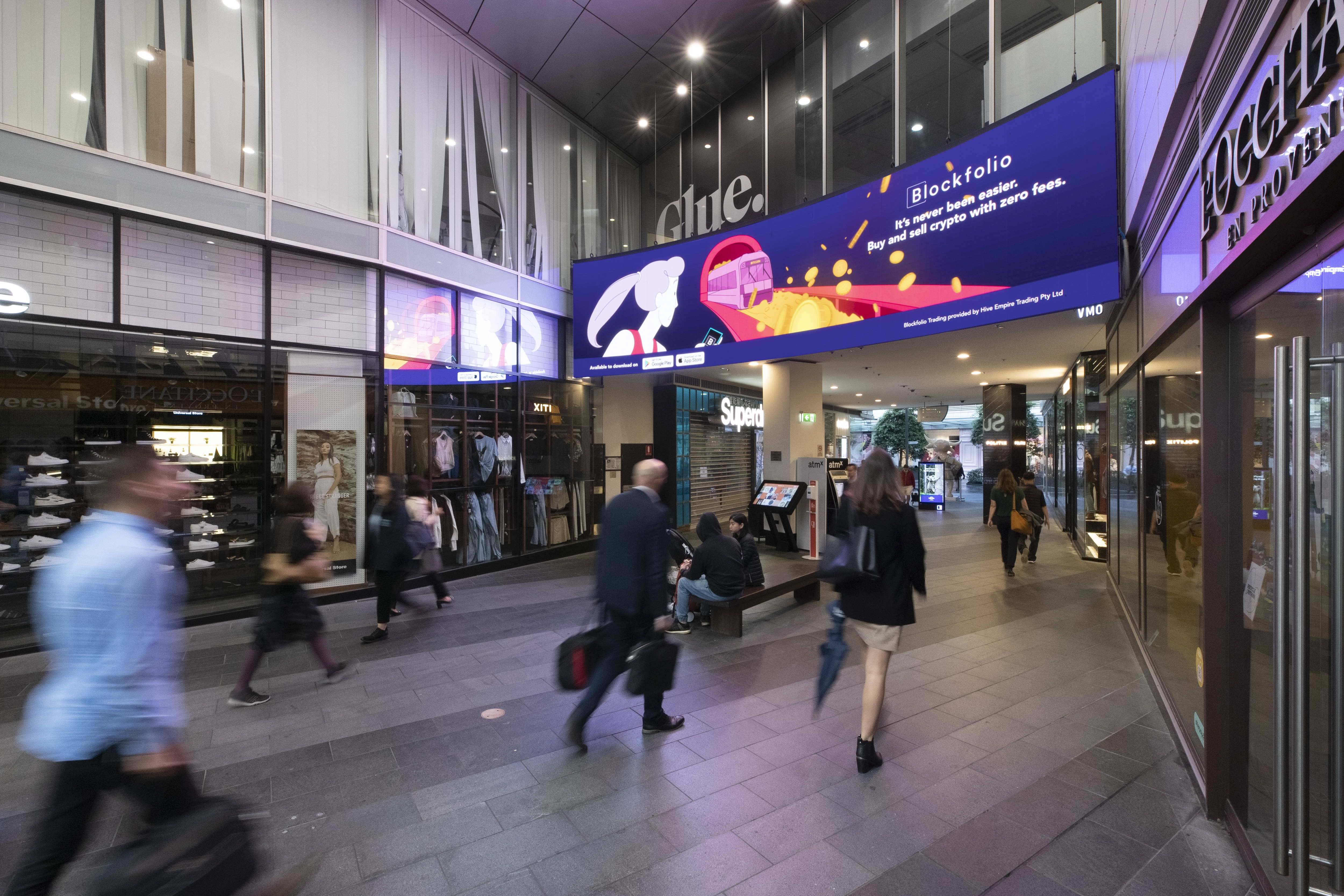Click, click, vroom: Location, mobile, demographic and CRM data fuelling digital Out of Home targeting bonanza, and helping car dealerships shift gear – fast

As the pandemic unfolded, brands sprinted to heighten their e-commerce offerings, while at the same time waking up to the power of smart, online audience targeting.
Out of Home has spent the past two years reinventing itself and is now using sophisticated digital signals to run highly effective targeted campaigns, VMO Managing Director Paul Butler writes. Ask the car dealership group that combined CRM, website analytics and geofenced location data to target big screens to prospective new car buyers in a local area. It sounds complex, but it couldn’t be simpler – and it’s working for hundreds of brands.
Brands have learnt plenty of important lessons over the last two years, but arguably the most important is the significance of e-commerce and online product availability. As the pandemic unfolded, brands sprinted to heighten their e-commerce offerings, while at the same time waking up to the power of smart, online audience targeting.
And now, after the dizzying cycle of living in an open and shut world – just as brands have started to get the online world down pat – consumers have stepped outside the pandemic and into real life with a renewed sense of vigour.
Consumers are travelling further and wider, visiting retail centres for the full shopping experience, and focusing on various extra-curricular activities outside the home. So where does that leave the e-commerce space and everything brands have worked so hard to build over the last two years?
Online is a colossal part of the business mix, so don’t panic – it’s not going anywhere anytime soon. While audiences may be returning to physical stores, there are new and highly sophisticated ways advertisers can bring these two seemingly disparate mediums together. How? By using data and digital to retarget these consumers more effectively IRL.
The programmatic-powered evolution
While humans have been stuck in limbo, the digital out-of-home (DOOH) space has been undergoing huge programmatic-powered evolution.
VMO Programmatic Outdoor has been disrupting the outdoor space by giving brands the power to reach consumers at scale with the control and flexibility of digital-online targeting. As a fully automated trading solution, the platform is underpinned by robust third-party verified impression data and has been trusted by hundreds of clients.
Brands have been overlaying geographic proximity, custom geofences, mobile data, shopping basket data, demographics, psychographics and more to enhance and refine inventory selection and screen activation.
Some of these were possible before POOH (programmatic out of home), but the ability to curate screen selection dynamically in real-time has taken data-driven outdoor to the next level, increasing the accuracy and utility of cross-device executions.
Now, it’s possible to granularly target campaigns to a per-screen, per-hour level with machine learning smarts.
And it’s not just data from online sources that feeds into outdoor: Marketers can use signals from outdoor advertising in the digital world. By using data from devices exposed to outdoor campaigns to pass back to device IDs that can be used for downstream targeting and analytics, marketers can then calculate post-exposure metrics, like footfall attribution.
Sounds complex, but at its core, it couldn’t be simpler.
Programmatic in practice
We work with partners like Yahoo Ad Tech to deliver the most cutting-edge campaigns. They may use online audience identifiers like Device IDs, 1st party data, or traditional outdoor audience knowledge as part of an omnichannel delivery, Andrew Gilbert, Head of Platform Strategy – ANZ at Yahoo Ad Tech, says.
“The biggest thing that our industry has learnt over the last 24 months is that traditional approaches to media planning and measuring its effectiveness have foundationally changed in line with changing consumer mobility,” he says.
“We've seen a significant trend to brands measuring uplift across physical and online sales off the back of their Programmatic Digital Outdoor campaigns because it helps them understand the shifting dynamic of their consumer's behaviour. We've also seen brands utilise exposure re-engagement strategies to help nurture consumers along that purchase journey from Programmatic Outdoor, to Connected TV, Audio and onwards.”
Case study: Revving up sales
A prominent car dealership group in a highly competitive area wanted to target customers in the recent consideration stage of purchasing a new car.
And the data worked. We combined datasets – their owned customer relationship management (CRM) records, web analytics and geofenced location data (their own and competitor) – and aggregated it all through a mobility data provider to track the behavioural movement of the targeted audience’s devices.
The supply side platform then placed the campaign on OOH screens where a high concentration of target devices was present. The results? The dealership exceeded the campaign benchmarks for attributed on-premises visits and footfall uplift.
Combining outdoor and online is the future
Bringing together different data and offering a better understanding of audiences means POOH is already helping advertisers reach their target audience at the best place and time.
By 2025, it’s estimated 75 per cent of the world will solely use smartphones for their internet needs. That means the time between someone viewing an outdoor ad and taking an online action is shortening. Combining outdoor and online has never been more important (or effective).
What does the future hold? We see a common platform between online and outdoor that will fuse datasets to further develop more granular and accurate audience targeting. How soon? Well, it’s only a matter of time.
